Revolutions In Print Technology
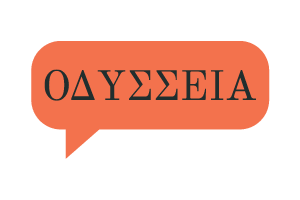
Before the birth of writing, knowledge was handed down via speech. Homer’s Odyssey wasn’t written down until 300 years after its composition.

In a world of few words, ideas could be lost. When the Library of Alexandria was burnt, 70,000 books perished, wiping out generations of thought.

Printing gave ideas to the world. When words are everywhere, knowledge never dies.
Cylinder Seals
3500 BC,Ancient Mesopotamia (modern Iran)
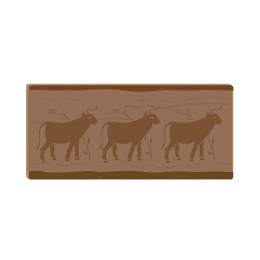
Developed alongside the earliest script, cylinder seals allowed their forms to be duplicated when rolled across clay. Primitive by modern standards, they represented a great leap forward for state administrators – and a great wonder to ordinary people, who thought they held magical properties.
Woodblock Printing
220 AD,Ancient China

The Chinese were the first to print with ink, adapting their cloth printing technology to written texts. The main focus of early printing was to spread the word of Buddhism.
Movable Type
1040 AD,China
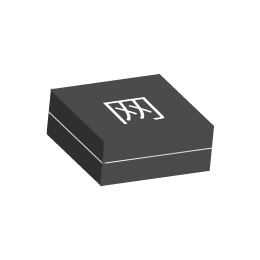
The first movable type system was made from ceramic. Because of its size it required a team of labourers to operate and made slow progress. With the creation of movable type came the easy printing of money, religious works and official documents.
Printing Press
1454,Germany
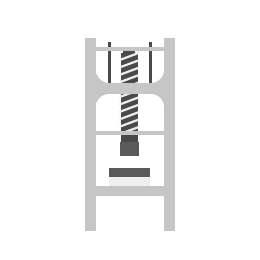
Johannes Gutenberg dreamt up the Printing Press sometime between 1439 and 1450. He later said the idea came to him ‘like a ray of light’. Although his invention led directly to the Renaissance, Gutenberg spent most of his life in poverty, paying off his debtors.
Italic Type
1501
First used by Aldus Manutiusits & Aldine Press in an edition of Virgil. The name comes from its country of origin, Italy
Lithography
1796,Bavaria Modern Germany

Alois Senefelder developed Lithography as a cheap way of publishing his own plays. It changed the way artists worked, giving them a cheap and easy way of making prints on an industrial scale.
Caslon
1822
First sans serif typeface printed by William Caslon IV.
Forgotten Dreams
1822
Charles Babbage’s 1822 ‘Difference Engine’ nearly became the first computer and first computer printer. Designed to perform calculations and write them on a sheet of paper, the unfinished model could have changed the course of history. Instead it became a visionary footnote – an impossible dream dreamt before it’s time.
Offset Printing
1875,England

Robert Barclay’s offset printing press made large-scale image reproduction a reality. In 1901, printer Ira Washington Rubel improved his design by forgetting to load a sheet – accidentally creating a sharper image.
Printing for the Masses
1880,USA
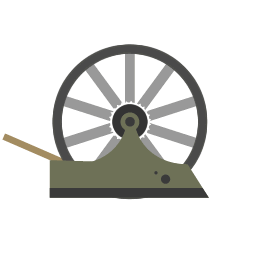
Duplication machines like 1880’s Mimeograph allowed schools and offices to print their own material cheaply. Amateurs like the author H.P. Lovecraft used these devices to create early low-circulation fanzines.
Linotype
1886,USA
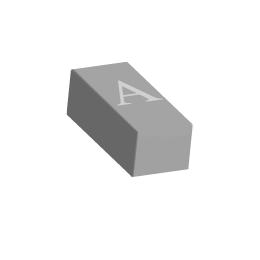
A chance meeting between Charles Moore and Ottmar Mergenthaler led to the creation of the Linotype. Its speed and relative ease of use changed reportage. Newspapers grew from 8 page pamphlets to the broadsheets of yesteryear. Suddenly the world was waking up to the power of information.
Times New Roman
1932
Commisoned by British Newspaper The Times
Xerox Model A
1949,USA
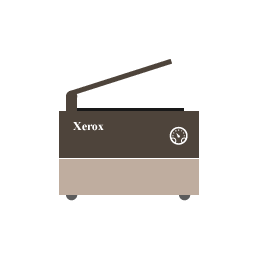
It took Chester Carlson a decade to sell his ‘electrophotography’ technique. In that time empires rose and fell. The world was changing, and the Model A was leading that change.
Rise of The Computers
1950
In 1949 the first digital commercial computer was sold. By 1951 the UNIVAC 1 was available for $1.5million. Weighing 13 metric tons and occupying 35m2 of floor space, it clocked up 2.25 MHz. A year after debuting, it successfully predicted the result of the Presidential election – going against popular opinion to call it 100/1 for Eisenhower.
Univac Printer
1953,USA
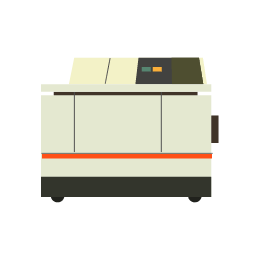
The first high-speed computer printer was designed by Remington-Rand. Capable of reproducing 600 lines per minute, it marked the first step towards modern printing age. Despite the early advances of UNIVAC, data Behemoth IBM was also beginning an early market-dominance lasting for decades.
Courier
1955
The most recognisable typeface in the world
Flickering Conciousness
1956
The false dawn of artificial intelligence came in 1956, when Arthur L. Samuel programmed an IBM 704 to ‘learn’ while playing draughts. Although the final breakthrough never came, his work was the first inkling of the future possibility of AI.
IBM Dot Matrix Printer
1957,USA
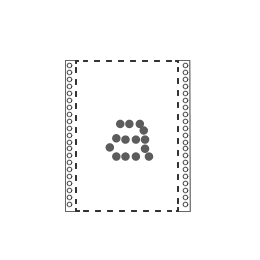
With a dozen strikes of a tiny hammer, the first dot matrix printer pounded its way into the history books. At the push of a button, programmers could summon images from the digital ether, dragging them into the physical world at 300dpi.
Neue Haas Grotesk
1957
Later unveiled as Helvetica. Developed Max Miedinger with Eduard Hoffmann at the Haas Type Foundry
IBM 3800
1976,USA/Sweden
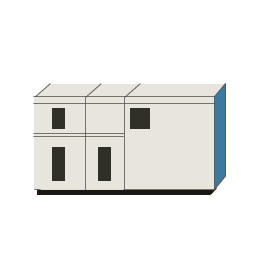
As Xerox prepared their first commercial laser printer, IBM casually dropped their 3800 into the market a few months earlier. Capable of printing 20,040 lines a minute across continuous sheets of paper, the 3800 anticipated Xerox’s X 9700 and raised the game tenfold.
Apple LaserWriter
1985,USA
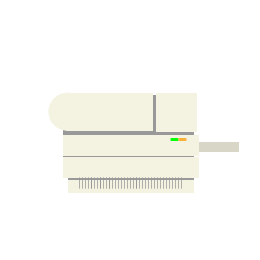
With computers now in living rooms, studies and bedrooms, the time had come for print-technology to follow suit. In 1984, the HP Laserjet became the first affordable home printer. A year later, Apple's Laser Writer came crashing onto the scene. Smaller and more compact than the laserjet, it started a trend for increasingly-smaller home printers.
HP InkJet
1988,USA
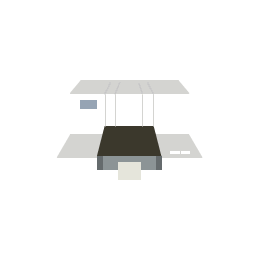
Cheap, quick and easy to use, the inkjet printer offered the first real alternative to laser. Although developed in 1977 by Siemens, it wasn’t until HP unveiled the Deskjet that it became widely affordable. To this day, more inkjets are in use than other printer type.
Welcome to the Web
1989
The first commercial dial up ISP opens in the USA, setting in motion a chain of events that will come to change the world.
Comic Sans
1994
‘the most hated typeface in the world’
eBooks
2000,

2000, the dot com Bubble grows and bursts and traditional publishers begin to look for alternative avenues in the digital world. In 2000, Stephen King publishes the world’s first mass-market e-book ‘Riding the Bullet’, prefiguring the Kindle craze of the next decade.
3D Printing
NOW
3D printing was initially founded back in 1984 by Charles Hull who invented stereolithography – a process by which physical objects could be created from digital data. The conception of stereolithography allowed users to test such objects before investing in proper manufacturing. The term ‘3D printing’ wasn’t coined, however, until 1995 at MIT when Jim Bredt and Tim Anderson were tasked with repurposing an inkjet printer to deposit a binding solution onto powder; resulting in the production of 3D objects. Following the successful experiment, Bredt and Anderson went on to found Z Corp (now 3D Systems). Nowadays 3D printing’s influence can be seen across the world, in industries like…
Automotive Industry
3D Printing,

In 2011, Kor Eco-Logic built the worlds first full size, 3D printed hybrid car, the Urbee. Made from 50 printed blocks and featuring a top speed of 70mph, the Urbee is a clue to a not-too-distant future where vehicles may be cheaply reproduced with nothing more than an industrial printer.
Medicine
3D Printing,

By using cultivated cells and modified cartridges, scientists can now print human tissue. Bioprinting is in its early days, but a time when we can print complex organic matter is on the horizon. World hunger, lifelong disfigurement and the organ waiting list may all become things of the past.
Architecture
3D Printing,

3D printing has the power to increase the rate at which buildings are constructed. For instance, Dutch architect, Janjaap Ruijssenaars, is planning to create a Möbius strip-shaped house out of sand using the worlds largest 3D printer.
Design
3D Printing,

Chairs, tables, picture frames, lamp shades, you name it. For a few years now, designers the world over have been taking advantage of the technology’s programmable aspects; giving them the flexibility to create some truly unique objects.
Arms Manufacturers
3D Printing,
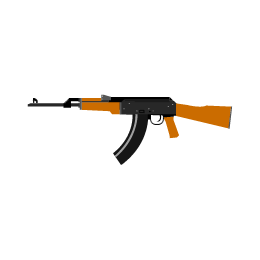
The dream of printing off an AK-47 in your bedroom will, hopefully, never be realised. But that hasn’t stopped developers from trying: so far printed guns are quick to break and require specialised non-printed parts to fire successfully.
Music Industry
3D Printing,

One user of Instructables has pioneered a radical meshing of retro hipster cool and futuristic music downloads. Thanks to a self-written programme, Amanda Ghassaei can now print off her own ‘vinyl’ records of any tune she owns.
Movie Industry
3D Printing,

It’s likely that you have already seen the results of 3D printing in action on the silver screen: Hollywood has invested in the technology for well-known films such as Skyfall, where the process was used to recreate three copies of the iconic Aston Martin DB5.
Printing was born to immortalise ideas. As technology advances, so much more can be preserved.
Just as we once saved words from being lost, we can now save objects. Perhaps in the not-too distant future, nothing need ever be lost.